#Habsburg Austria
Link
QUESTIONING THE STORY OF GERMAN MILITARISM
IRON AND BLOOD: A MILITARY HISTORY
OF THE GERMAN-SPEAKING PEOPLES SINCE 1500
That is a big book. Hefty.
“Not through speeches and majority decisions will the great questions of the day be decided, but by iron and blood.” — Bismarck in 1862
“Because of a focus on the two world wars, with perhaps a glance back to the Franco-Prussian war of 1871, a myth has evolved of a specifically German way of war.” Another myth is “of a unique German genius for war based on superior technology, skill and martial spirit. Even today, Hitler’s Wehrmacht is admired by many military types, especially in America.” The equivalent to the modern “shock and awe” of America is the blitzkrieg of World War II. (I disagree with this point.)
“Conflicts within or involving that strange entity, the Holy Roman Empire, the collection of mostly German-speaking states dominated by Habsburg Austria, made the German way of war quite different from those of unitary states such as England or France. The quasi-autonomy of the component parts, which nearly all maintained their own armies, required a decentralised and collaborative approach—the antithesis of the authoritarian model that emerged later.”
“Iron and Blood delves into politics, economics, technology and social developments. Its long view of Germany’s military history, magisterial detail and acute analysis provide a new understanding of what was once Europe’s warring heart.”
#Germany#military#Deutschland#books#Bismarck#blitzkrieg#Holy Roman Empire#Habsburg Austria#war#German militarism
0 notes
Text
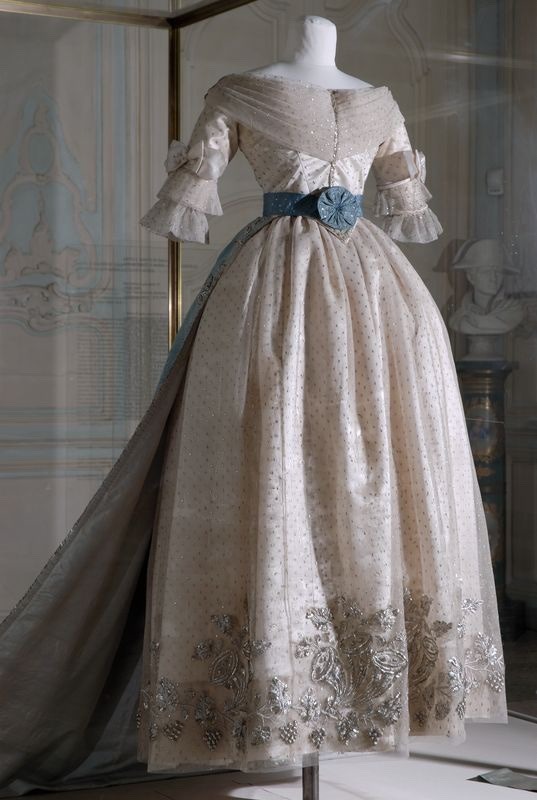

Gown and train of Marie Louise of Austria, second wife of Napoleon Bonaparte
(Bust of Napoleon and painting of Marie Louise in the background)
Museo Glauco Lombardi
#this dress looks way better here than in the painting for some reason lol#Museo Glauco Lombardi#dress#gown#1800s#19th century fashion#train#ball gown#Parma#Italy#Marie Louise#marie-louise#Marie Louise of Austria#napoleonic#Austria#Habsburg#habsburgs#history of fashion#fashion history#historical fashion
443 notes
·
View notes
Text
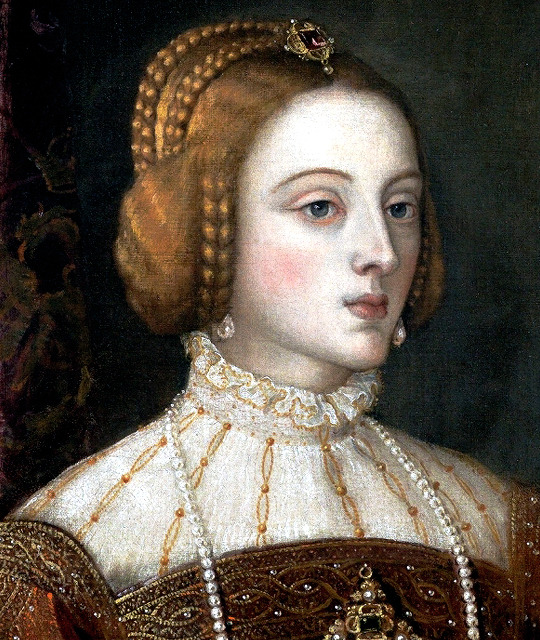

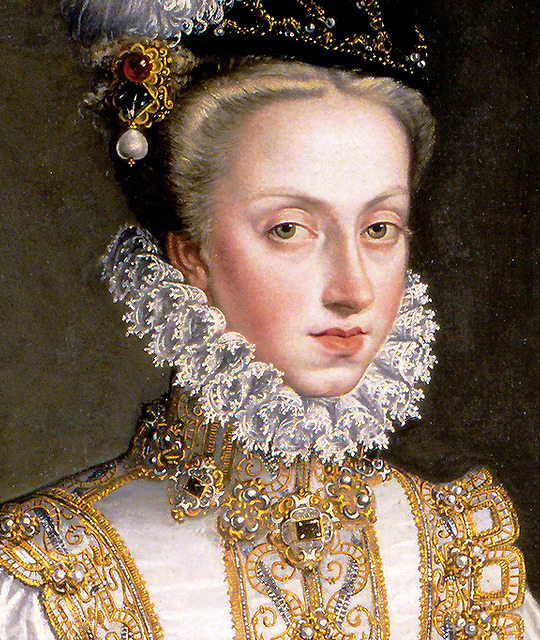
ISABELLA OF PORTUGAL by Titian, 1548
JOANNA OF AUSTRIA by Sánchez Coello, 1557
ANNA OF AUSTRIA by Bartolomé González y Serrano, 1570
#historyedit#isabella of portugal#joanna of austria#juana of austria#anna of austria#queen of portugal#queen of spain#princess of portugal#history#women in history#house of aviz#house of habsburg#titian#alonso sanchez coello#bartolome gonzalez y serrano#art#renaissance art#gramma isabella#joanna was isabella's daughter#and anna was joanna's niece#thus isabella's granddaughter#edit#x#i just love how anna looked more like her aunt than her own mom 🥹#and both joanna and anna looked like their grandma
409 notes
·
View notes
Text

TIARA ALERT: Archduchess Ildikó of Habsburg-Lorraine wore Princess Louise of Bourbon-Two Sicilies' Diamond Tiara for Le Bal des Débutantes at the Shangri La Hotel in Paris on 25 November 2023.
#Tiara Alert#Archduchess Ildiko#Habsburg#Austrian Royal Family#Austria#Hungary#tiara#diamond#diadem#royal jewels#royaltyedit#Orleans#Bourbon Two Sicilies#Le Bal des Debutantes
181 notes
·
View notes
Text

Maria Christina of Austria, Duchess of Teschen.
#maria christina of austria#duchess of teschen#house of habsburg lorraine#18th century#archduchess#long live the queue
61 notes
·
View notes
Text
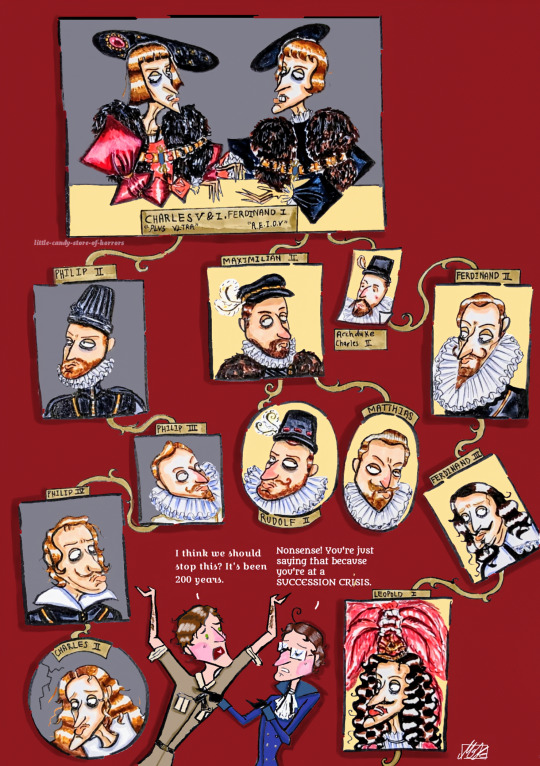
"Bella gerunt alii, tu felix Austria nube!"
Day 6 of @spaus-week 's challenge
"Let others wage war, you, happy Austria, marry!" Was the political strategy of the Habsburgs, and marry did the House of Austria! Infamously, scandalously, sensationally. A mangled wreath of a family tree. We all know this horror story. And we all know the bitter end.
After Emperor Charles V&I divided his Spanish and Austrian inheritance ((also gained through his parents' and grandparents' marriages)) to his descendants and those of his younger brother Ferdinand I respectively, the Habsburg dynasty split into two branches. The Spanish and Austrian Habsburgs notoriously intermarried for generations, right up till Charles II of Spain whose heirless death in 1700 sparked the War of the Spanish Succession. The inbreeding and this informal Latin motto behind it has been blamed to hell and back for their implosion, for the physical ugliness that ran in this royal bloodline. But it is not to say the Habsburgs never went to war, nor that dynastic marriage was a political strategy unique to them! But they were, if anything, bloody successful at it seeing how they did rule half of Europe for 200 years, and then a lot of it in the Austrian line for another 200. Before anyone figured out inbreeding was bad it was considered a privilege to marry into the Habsburgs, with Louis XV claiming that Louis XVI's betrothal to Marie Antoinette was marrying the "Daughter of the Caesars", and Napoleon Bonaparte infamously ditching Josephine for Marie Louise. Charles II was a poor sod who took the fall and the mugs were wretched from the same ugly gene being passed around countless times*, but they did wear power and privilege well.
💅✨ Symbolism bc I'm a NERD and this my Category 10 autism event ✨💅 :
Charles V & Ferdinand I's joint portrait based on that propaganda woodcut, behind them the colours of the Habsburg flag.
The Spanish branch, comprising Charles V & I's descendants, is represented with a black background, and the Austrian branch, comprising Ferdinand I's descendants, gold, both colours pulled from their flag, a dynasty intertwined but split in two.
Round frames denote that the individual had no heirs.
Only the most influential ruler on both sides, the King of Spain and the Holy Roman Emperor, are represented as framed portraits, explaining Archduke Charles II's unframed depiction.
The unconventional placement of Charles II of Spain and Emperor Rudolf II's nameplates are a nod to their queerness: their intersexuality and bisexuality respectively.
Ferdinand III's portrait is lopsided because of the losses of the 30 Years War.
Cracks in Charles II's portrait: 🙃🙃🙃
#Was this just an excuse for me to draw the family tree/wreath? YES. Might continue it to Blessed Karl™ *faints*.#That said i literally took three tries to get the Austrian branch right in just this fraction. Nightmare.#spausweek#Charles v#philip ii#philip ii of spain#Philip iii#philip iv of spain#felipe iv#charles ii of spain#Carlos ii#ferdinand i#Maximilian ii#rudolf ii#Emperor Matthias#Ferdinand ii#Ferdinand iii#Leopold i#16th century#17th century#habsburg history#house of habsburg#austrian history#spanish history#historical hetalia#aph austria#aph spain#roderich edelstein#Antonio Fernandez#Hetalia
65 notes
·
View notes
Text

There's some life in Twitter yet
65 notes
·
View notes
Text

"The Empress was delightful. She spoke of the Queen in well chosen, simple terms, as of a friend dear to her. This was her way of speaking about almost everything. Her conversation was of a high order, but at the same time it was absolutely natural. She scarcely ever spoke harshly, and always in low and pure tones. She possessed a soulful voice — muffled crystal, but crystal all the same. I have never seen a smile like hers; it was like a smile from Heaven; it enchanted me and it affected me, it was at the same time both sweet and grave. She was beautiful, a celestial beauty with something ethereal in the purity of her features and the lines of her figure. No one walked like Elizabeth of Austria; the movement of her limbs was imperceptible, she glided; she seemed to float on the ground. I have often read that some celebrated and adored woman was endowed with " inimitable grace." The Empress Elizabeth truly possessed this inimitable grace. And her large eyes seemed to speak and express a noble language peculiarly their own, which embodied the three virtues. Faith, Hope and Charity.
Bavaria, her birthplace, has retained throughout the ages the essential elements of the Celtic race established as far as the Danube. South Germany also has this ancient European blood in abundance. The Empress represented the most refined characteristics of Celtic beauty. She was not a German type — at least not a type of Central Germany — she expressed to perfection, both morally and physically, all that separated and will continue to separate Munich and Vienna from Berlin".
Princess Louise of Belgium "My own affairs"
43 notes
·
View notes
Text
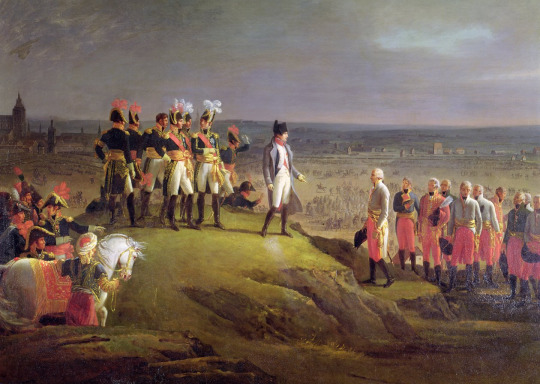
Napoleon accepts the surrender of an Austrian army under General Mack on 20 October 1805 (detail)
by René Théodore Berthon
#napoleonic wars#napoleon#napoléon#bonaparte#napoleon bonaparte#napoléon bonaparte#art#rené théodore berthon#ulm campaign#ulm#germany#emperor#empire#france#french#austria#austrian#habsburg monarchy#holy roman empire#history#europe#european#napoleon i#napoleonic#karl mack von leiberich#soldiers#roustam raza#landscape#marengo#horse
68 notes
·
View notes
Text

Portrait of the Infanta Maria Theresa of Spain (c. 1653) by Diego Velázquez. Kunsthistorisches Museum.
#diego velazquez#diego velázquez#velazquez#17th century#17th century art#17th century painting#17th century fashion#renaissance#spain#españa#kunsthistorisches museum#vienna#wien#austria#österreich#habsburgs#european royals#spanish art#spanish painter#female portrait#painting#female portrayal#europe#european art#historical fashion#fashion#1650s#art history#european royalty
28 notes
·
View notes
Text

Charles II of Spain with his two wives and his Family Fanart
I was fascinated by Charles II and his family decided to create this artwork. It took three weeks to complete. the upper left on the top is Don Juan Jose of Austria, the upper middle is Mariana of Austria, and the upper right is Philip IV. Margarita Theresa is on the left while Leopold is on the right. In the middle is Charles II with his two wives the one on the left is Marie Louise de Orleans, the one on the right is Maria Anna of Neuburg
#my art#charles ii of spain#carlos ii#habsburg#mariana de austria#marie louise of orleans#digital art#please like and reblog#historical fanart#philip iv of spain#margarita maria#don juan jose of austria#Leopold I#maria anna of neuburg#art#artwork#spanish history#spain#house of habsburg#history#look at him#he so cute and silly#ibispaint art#ibispaintx#don juan de austria#spanish monarchy#art community
32 notes
·
View notes
Text


#maria theresia#house of habsburg#art#digital illustration#history art#maria theresa#women in history#taniata's art#queen maria theresa of austria
46 notes
·
View notes
Text
I’m crying, this author was UNHINGED 😂😂



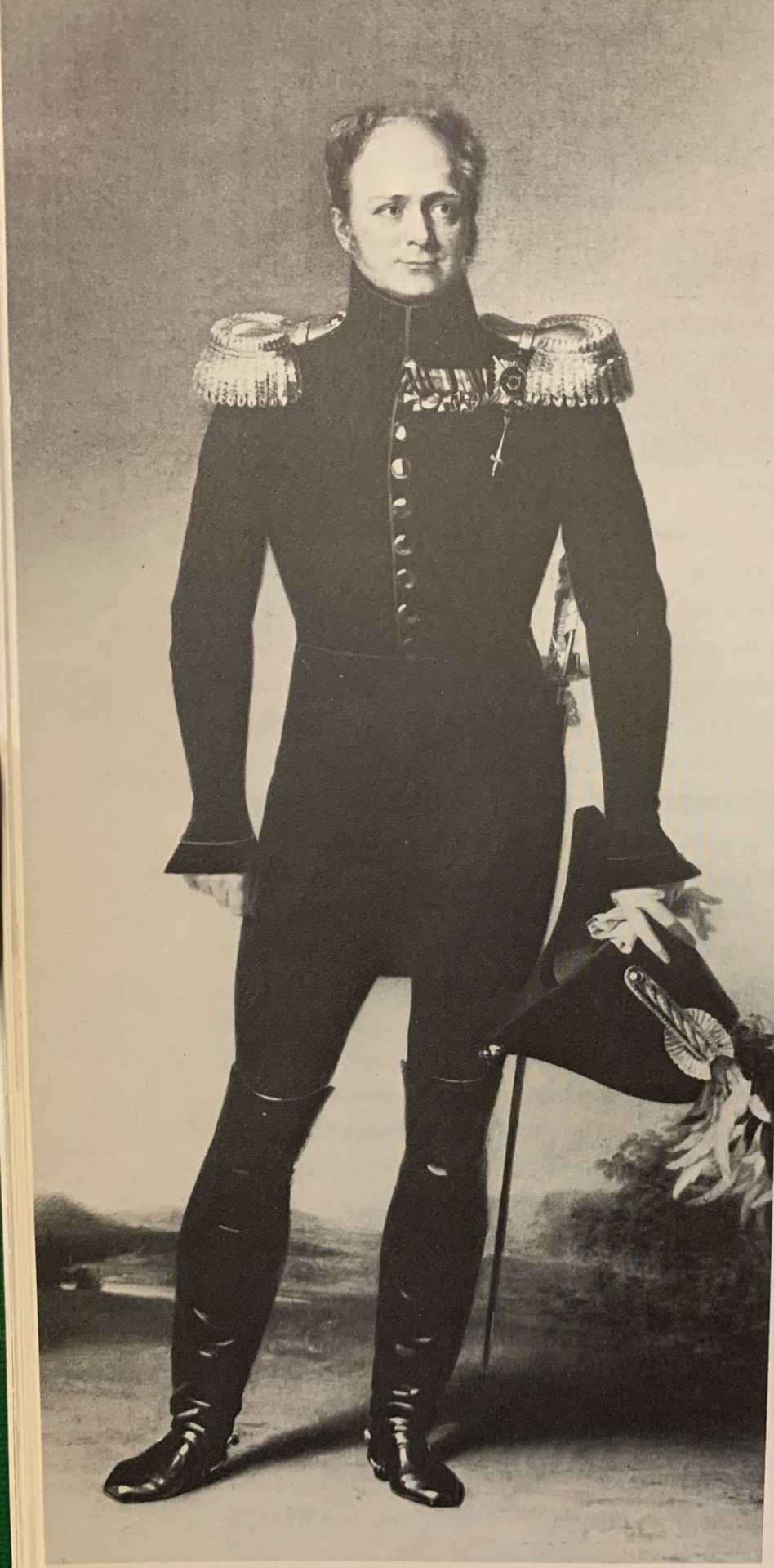

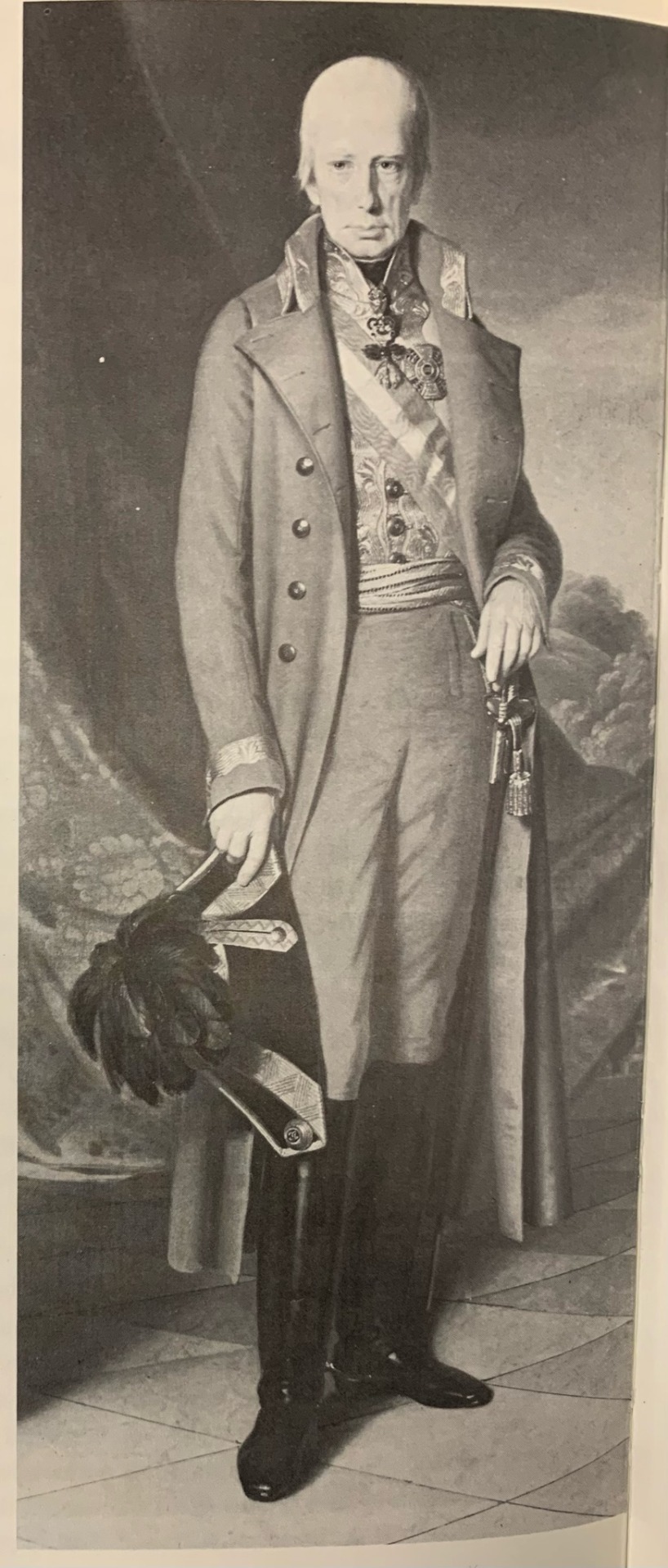
#kutuzov#tsar Alexander I#francis ii#napoleonic era#napoleonic wars#napoleonic#Austria#hre#habsburgs#Habsburg#romanovs#general kutuzov#first french empire#19th century#1800s#french revolution#Austerlitz#battle of austerlitz#napoleon#napoleon bonaparte#history#book pic
229 notes
·
View notes
Text

Josef Kriehuber (Austrian, 1800–1876)
"Kaiser Franz Josef I. im Ischler Jagdkostüm" ("Kaiser Franz Josef I in a hunting costume from Bad Ischl"), framed ca. 1855
Dorotheum, "Kaiserhaus & Historika" auction
48 notes
·
View notes
Text
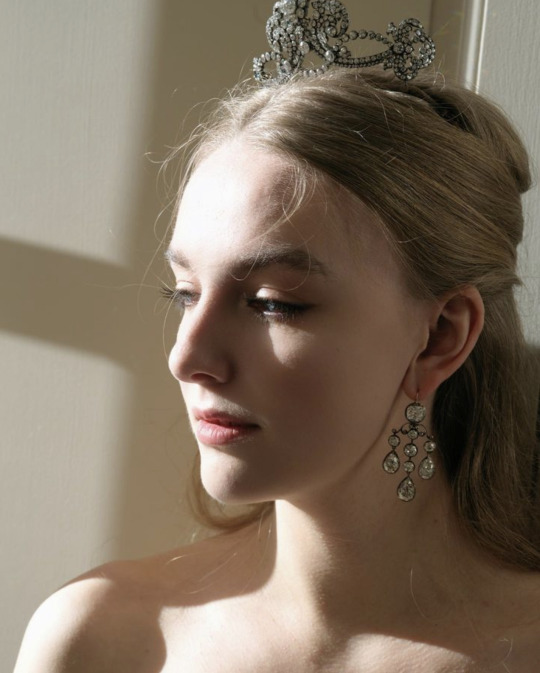
TIARA ALERT: Archduchess Sophia of Habsburg-Lorraine wore Princess Maria Anna of Bourbon Parma's Diamond Tiara for Le Bal des Débutantes at the Shangri La Hotel in Paris on 26 November 2022.
#Tiara Alert#Archduchess Sophia#Habsburg#Habsburg Lorraine#Austria#Austrian Imperial Family#tiara#Le Bal des Debutantes
577 notes
·
View notes
Text

The first two wives of Francis II: Elisabeth of Württemberg (In blue) and Maria Theresa of Naples and Sicily (In brown).
Source
#francis ii#maria theresa of naples and sicily#Elisabeth of Württemberg#elisabeth of wurttemberg#austria#house of habsburg lorraine#long live the queue
35 notes
·
View notes